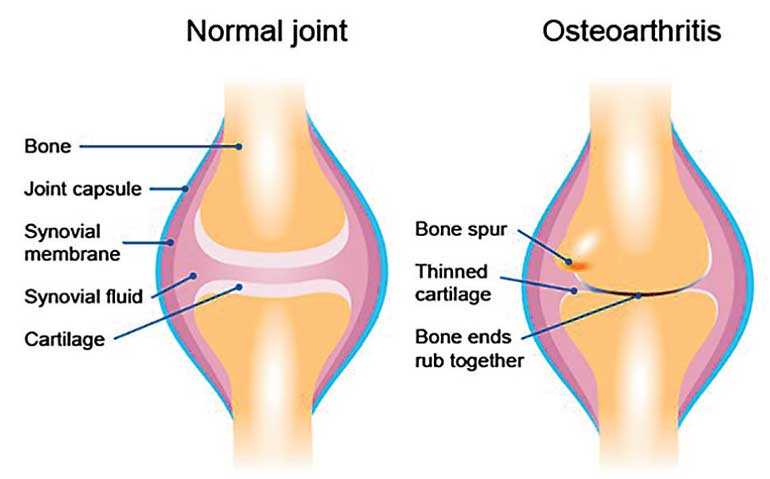Sunday Dec 28, 2025
Sunday Dec 28, 2025
Monday, 30 December 2019 00:00 - - {{hitsCtrl.values.hits}}

The Durdans Orthopaedic Clinic focuses on the management of a variety of orthopaedic (musculoskeletal related) conditions inclusive of hip and knee pain as a result of osteoarthritis.
The scientific term osteoarthritis accounts for the natural wear and tear of the articular cartilage as a result of multiple factors. Cartilage is a smooth thin-film layer between bones that enables normal joint function – the purpose of your articular cartilage is to protect the joint.
Due to reasons such as age, pressure on joints and other factors, cartilage is slowly worn off impeding smooth movement. When worn off, nerve endings that are beneath the cartilage become exposed, the friction between the opposing joints and resulting abrasion causes the pain that is accounted for in conditions such as osteoarthritis.
Naturally, as people age cartilage lessens causing the space between joints to narrow – exposing nerve endings and causing friction. Other risk factors include obesity, joint injuries, and repeated stress on the joint, predisposed genetics and bone deformities. Symptoms such as pain, stiffness, tenderness of the joint, loss of flexibility, grating sensations, bone spurs (hard lumps around the affected joint) and swelling are common in osteoarthritis.
In early stages of osteoarthritic pain, professional care can often help manage and prevent worsening of the condition – this includes alignment adjustments, brace therapy, muscle strengthening and attempting to decrease the existing load on joints.
Other options include fluid restoration methods such as therapy injections, intra-articular PRP serum and other such procedures. Once the cartilage is completely worn off joint replacement is often the only option, which is why it is highly recommended that osteoarthritic conditions are treated in earlier stages.
In order to alleviate symptoms of osteoarthritis at home, it is recommended that individuals remain aware of their ideal weight in accordance with Body Mass Index (BMI) standards – weight management proactively reduces pressure on joints.
Basic exercise and muscle strengthening may help; however, overly intensive, unplanned workouts can worsen cartilage damage. A healthy diet and supplements with calcium, vitamin D, glucosamine, chondroitin and omega-3 can contribute to overall joint wellness.
Durdans Consultant Orthopaedic Surgeon Dr. Hiran Amarasekera said: “Focusing on Bone and Joint Wellness is important. We want people involved in thinking about their joints before conditions like osteoarthritis develop.”
At the Durdans Orthopaedic Clinic, pain management and joint protection have a multidisciplinary, holistic approach. Treatments are custom-designed and proactive to ensure long-term quality of life that manages hip and knee pain stemming from conditions like osteoarthritis.